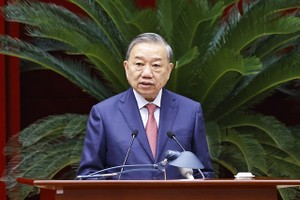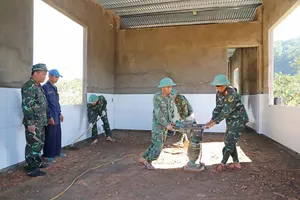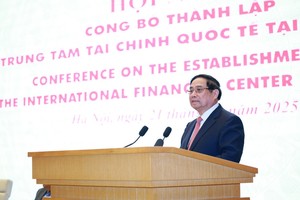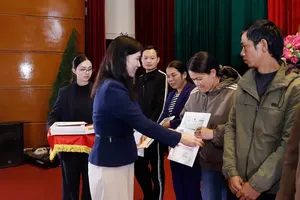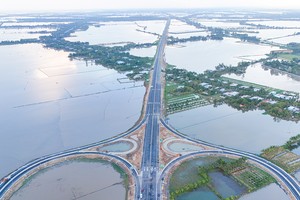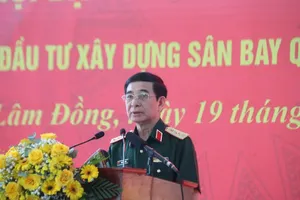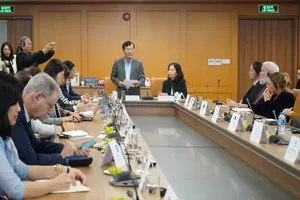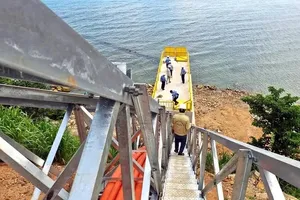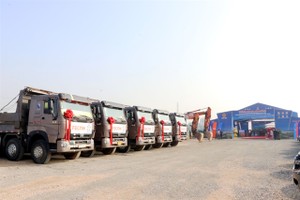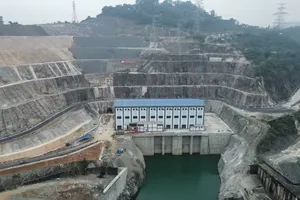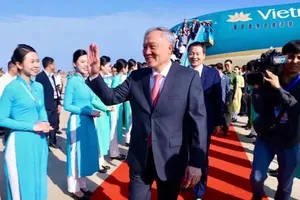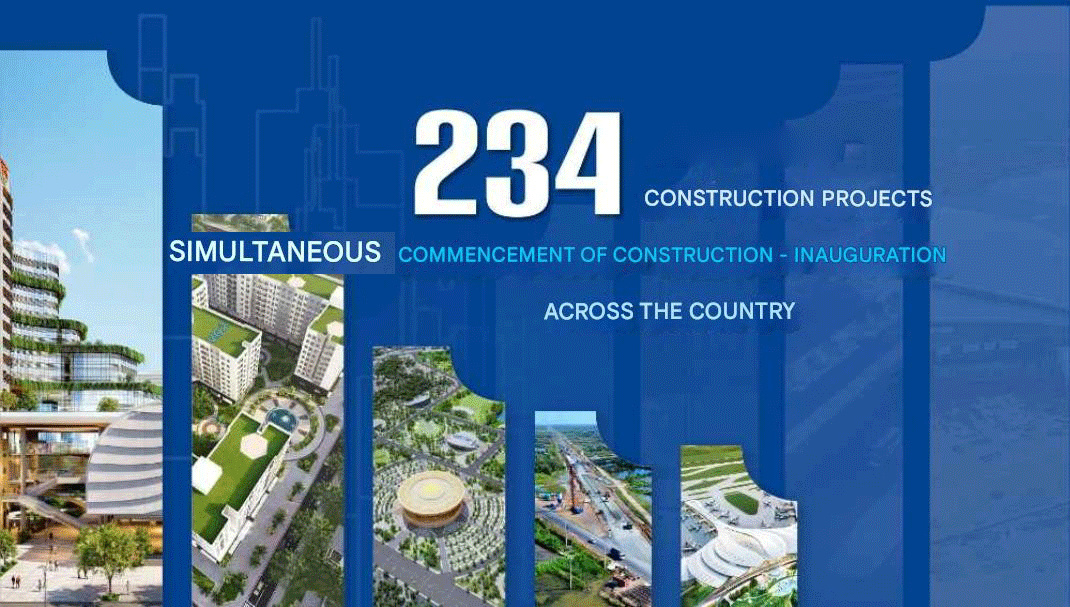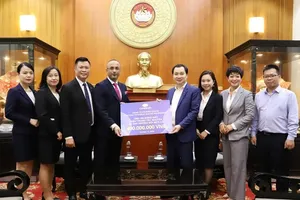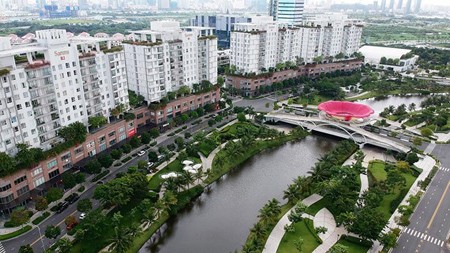
Explaining the reason to construct ecological parks in golden land, which should have been used for accommodation or commercial purposes to earn more money, Architect Dr. Ngo Viet Nam Son cited similar actions in several cities in the world such as Luxembourg Garden, Champ de Mars and Tuileries in Paris, or Central Park in New York City. These parks are hundreds to thousands of hectares, becoming a suitable ‘lung’ for the whole city where they are located as well as a reservoir to control water flow whenever the sewage system is overloaded.
Therefore, Dr. Son recommended that Vietnam learn from this precious experience, as the financial loss due to serious flooding is much higher than the potential business profit earned from these areas, especially in the time that climate change has created an increase in sea level and rapid typhoons.
According to the law on construction and planning, each new construction project must meet building standards, greenery density and traffic infrastructure requirements. However, Dr. Son still holds his stance that it is necessary to build more ecological parks in golden land because the planning stage for construction in Vietnam is, to some extent, too theoretical, leading to an unsustainable and impractical development. On the other hand, in other nations, this planning stage can only be carried out after careful analyses of the current state of the land, followed by a detailed implementation schedule which prioritizes necessary infrastructure before establishing high-level buildings. This calls for a significant change in the planning stage in Vietnam.
When commenting about certain high-quality projects for urban growth, some of which have won international awards like the one to expand Ho Chi Minh City (HCMC) southwards by SOM Consultation (the US), he said that a sound project is merely the beginning. It is essential to obtain a feasible schedule to carry out the planning stage. To him, Phu My Hung New Urban Area achieved such a success not just because of SOM’s planning idea but thanks to a detailed implementation schedule created by financial specialists, along with effective urban management of the project’s administration board.
Dr. Son added that one of the basis for successful planning and sustainable development is to prioritize necessary infrastructure. Nevertheless, in many areas of Vietnam, accommodation buildings are ranked the first. Despite certain reasons like financial trouble, this dead-end planning would lead to severe effects on the region such as traffic congestion or urban flooding.
To answer the question on finding the balance between focusing on infrastructure and meeting the housing needs of citizens when the state budget is limited, Dr. Son delivered two suggestions for the central government to negotiate with investors. Either these investors wait until proper infrastructure is built according to planning before beginning their construction for high-rise blocks, or better they can give an advance to help the authorities create infrastructure and then continue with their accommodation building.
To carry out the second solution, the government should implement certain methods to gradually repay the advance via tax reduction or exemption. This would address the finance insufficiency in HCMC for infrastructure construction and answer the housing needs of its residents simultaneously.
Dr. Son stated that the current planning process means much business profit to investors while the local authorities have to shoulder the infrastructure burden. Yet there is no clear regulation to demand for the completion of these necessary structures before the construction of accommodation buildings. It is high time to adjust the construction and planning laws so that urban development in Vietnam would become more scientific and sustainable.
Statistics from the HCMC Department of Construction show that the total greenery surface area in the city according to the approved planning is around 6,259ha, at the rate of 6.3m2 per person. However, in reality, this rate is only about 1.6m2 per person on average. The one for those living in the inner city is merely 0.67m2 per person, much lower that the standard minimum rate for urban people according to WHO (at 9m2 per person).
Hence, Dr. Son recommended to reconsider the idea of building parking lots beneath public parks since this will prevent water from being absorbed into the ground. It is better to only construct reservoir under the earth.
In addition, HCMC now has such charming land along Sai Gon River, and it should be maintained at all cost to boost the freshness in the city, he said. The area around Saigon Port should be saved for greenery development.
The most important, according to Dr. Son, is the determination of the municipal authorities to allocate large public space in HCMC for environmentally friendly purposes to serve the community.
